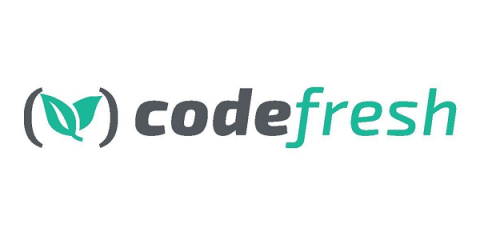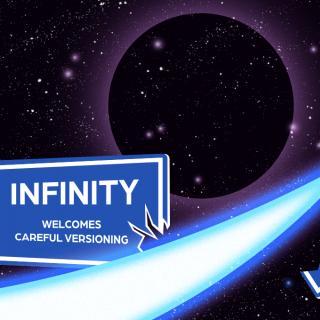A vision for GitOps 2.0
In our previous article, we explained some of the issues we see with the current generation of GitOps tools (which we call GitOps 1.0). In this article, we will talk about the solution to those issues and what we expect from GitOps 2.0 – the next generation of GitOps tooling.










